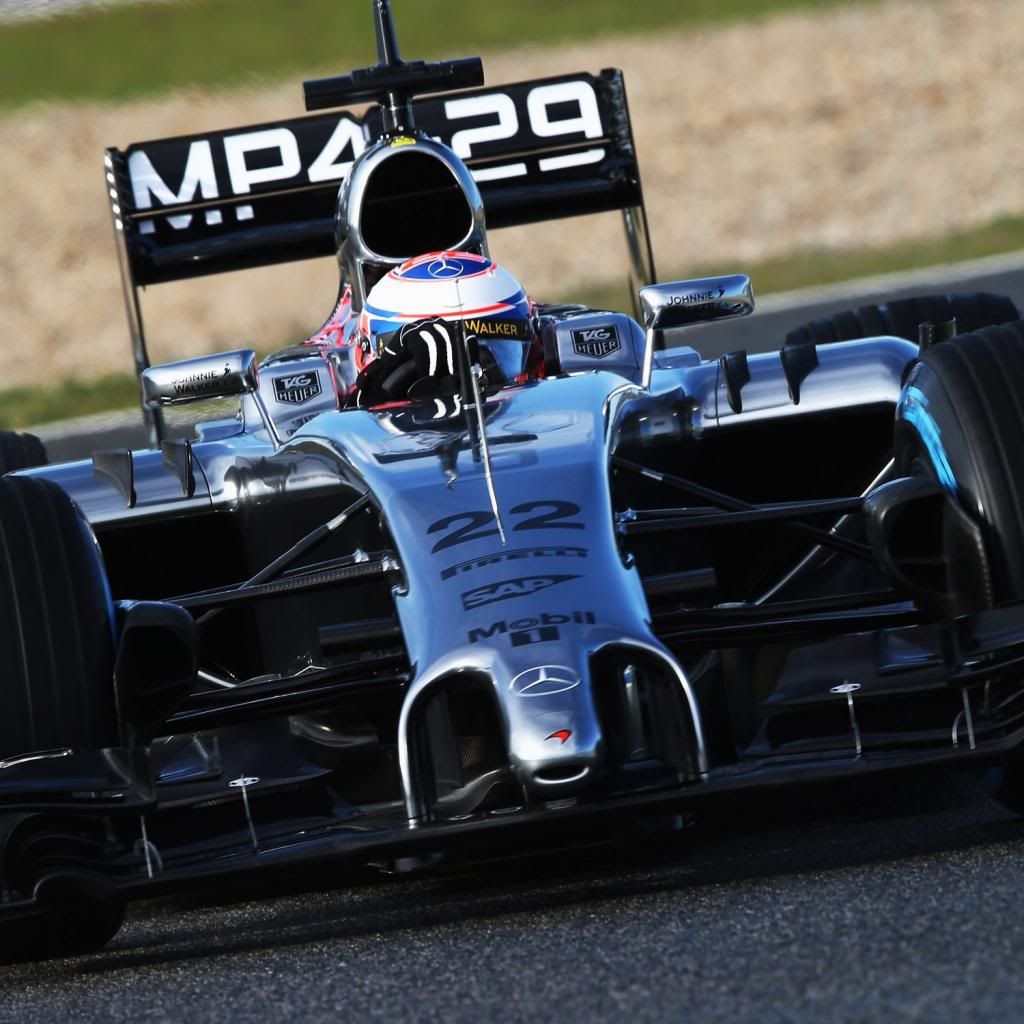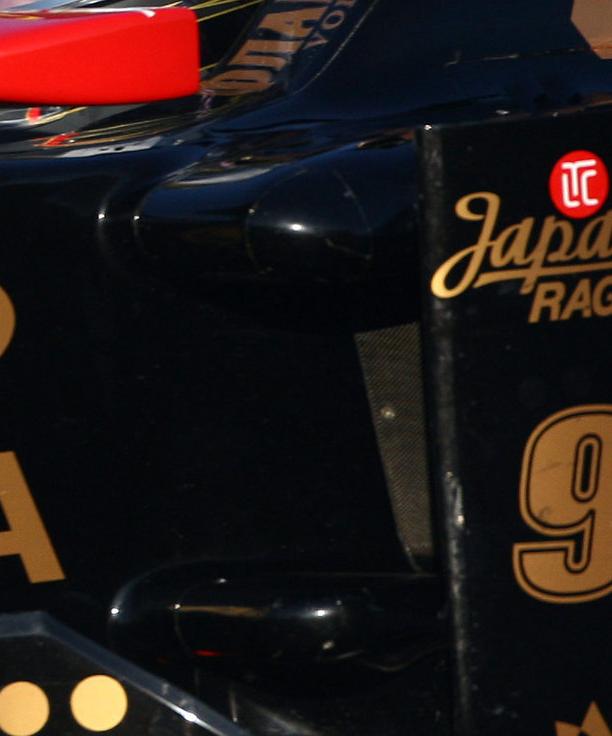Of course it will go down, except you find a way to speed it up. No idea if it's the case, but maybe they'll use some sort of ramjet effect. From the top the sidepods look like low-bypass jet engine, tunnels acting as low-bypass for quick air, radiators as heat source and engine cover forming a nozzle.marcush. wrote:I still don´t get just why the mass airflow through the radiator should not go down when you choke of the exit.
In an exageration-close the exit to a 10mm diameter hole and the airmass flow will be practically zero no matter how big your inlets are.the spped will be high no question but the massflow will go towards zero.
Your increase in speed will come at a cost.
A very interesting point is where to dump the hot sidepod exits .the pressure situation in that area will decide ,no?
Ramjets are proved to produce trust, so i see no fundamental reasons for this concept to work. Of course only if you have the numbers you will know if it's worth it.











